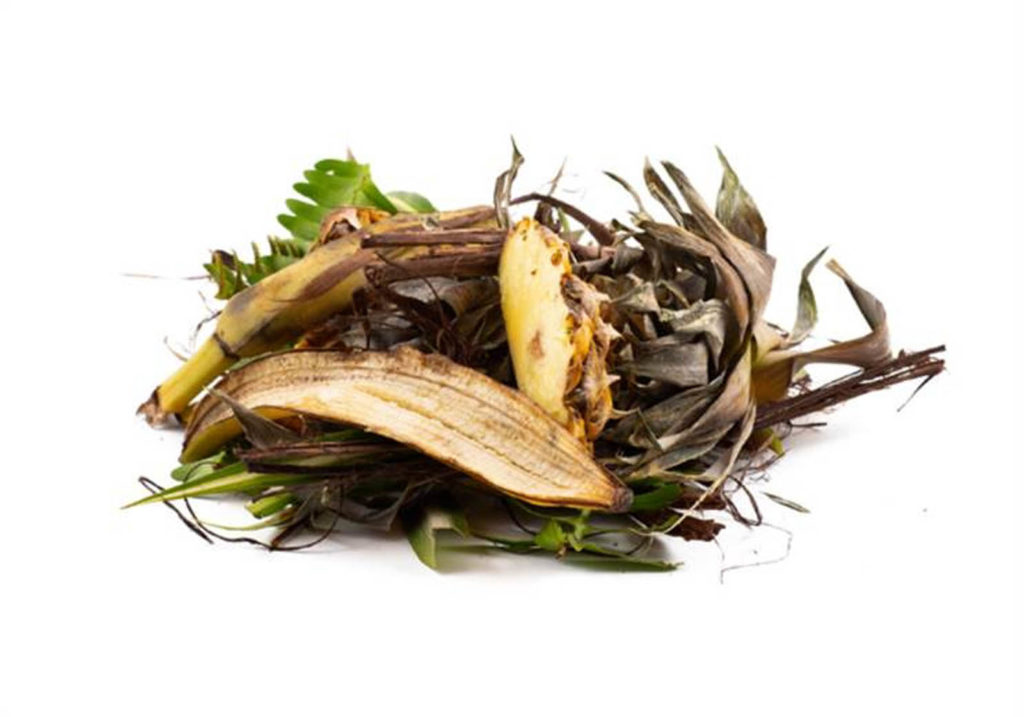
A U.S.-based startup is finishing trials on its food waste-based fibers. Circular Systems is using discarded biomass from crops such as rice, soy, hemp and corn to make fibers. The company says its technology covers 17 of the United Nations Sustainable Development Goals.
It operates three solutions: Agraloop (biorefinery,) Orbital (hybrid yarn technology, converting high-recycled fibers into high-performance yarns) and Texloop (mechanical recycling). The company told sportstextiles.com that it has had “great results” from banana and pineapple, among others.
Ricardo Garay, project coordinator, said, “It begins and ends with the soil. We have natural systems that we can leverage and reverse some challenges. If we can unlock the potential of agricultural lands and encourage photosynthesis, we can have incredible results. We have a situation, currently, where flax fields are burnt, and banana waste is left to rot.”
In the Agraloop processs, food waste is added to a biorefinery. In time, the biomass could be used to power the plant. The company is initially focusing on oil seed hemp and oil seed flax.
“The fiber functions like a linen or hemp, and drapes like a linen. Banana, hemp and flax all perform similarly,” Garay said. The company has blended the bio fiber with organic cotton, silk and Tencel, and says it is suitable for workwear and denim. “In the future we could mix the raw materials, but now we are concentrating oil seed hemp and oil seed flax. There is a global movement around hemp. It does have a restorative capacity for the soil.”
The company is running commercial trials in China, and it is in the process of scaling up and expanding. “2020 will be about continuing to deliver on better and consistent quality materials, and then at the end of the year we’ll be experimenting with the other fibers,” he said. He added that sugar cane will also be an interesting fiber because of its capacity to impact farming communities.
 TEXTILES.ORG
TEXTILES.ORG


